
|
|
|
|
|
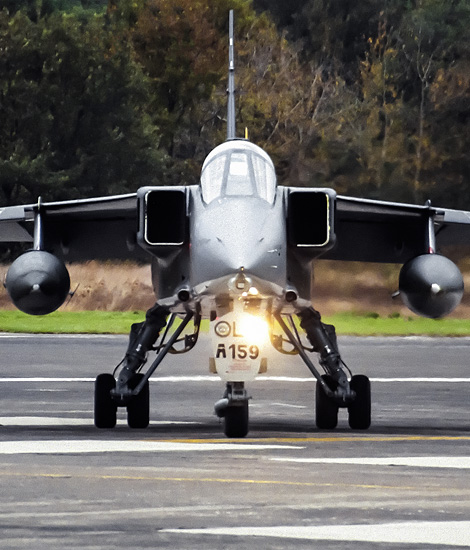
|
Deployments of the F-14 Tomcat; Kleine-Brogel, October 24, 2000
The Grumman F-14 Tomcat, part 2; Text and Photograph's by Alex van Noye
For years the F-14 Tomcat was the major front line fighter of the United States Navy. The aircraft which initially only was developed as an air defense fighter, quickly became an all-round deployable aircraft. The F-14 Tomcat would be used mainly against fighters from Libya and in for actions Iraq and later in Yugoslavia.
In total, the US Navy had three versions of the F-14 Tomcat in use. The F-14A was the original interceptor for all weather conditions for the United States Navy. This aircraft flew for the first time on December 21, 1970. Modifications which were added late in the life of the F-14A, added precision weapons to its armament. The United States Navy received 478 F-14A Tomcats. The last 102 F-14As were delivered with improved Pratt & Whitney TF30-P -414A engines. The F-14A received its first of the many major upgrades in March 1987. This led to the F-14A+. The TF30 engine of the F-14A was replaced by the improved GE F110-GE-400 engine. The F-14A+ was later redesigned as the F-14B Tomcat and flew on May 1, 1991. A total of 38 new aircraft were produced and 48 F-14As were upgraded to B variants. The F-14B arrived in time to take part in Desert Storm. 67 F-14Bs were upgraded at the end of the 1990s to extend the life of the fuselage and to improve attacking and defensive avionics systems. The modified aircraft became known as the F-14B Upgrade. The last variant of the F-14 was the F-14D Super Tomcat. The F-14D variant was first delivered in 1991. The original TF-30 engines were replaced by General Electric F110-400 engines, similar to the F-14B. The F-14D also contained digital avionics systems and a glass cockpit and replaced the AWG-9 with the AN/APG-71 radar. A total of 37 new F-14Ds were completed and 18 F-14A models were upgraded to D models.
The F-14A Tomcat began its career within the US Navy as the successor of the McDonnell Douglas F-4 Phantom II in September 1974. The squadrons VF-1 "Wolfpack" and VF-2 "Bounty Hunters" aboard USS Enterprise were the first units that were equipped and then took part in the American withdrawal from Saigon. The F-14 Tomcat gained its first air victory in the service of the US Navy over the Gulf of Sidra, known as the incident in the Gulf of Sidra, on August 19, 1981. During this battle two F-14s of VF-41 "Black Aces" were attacked by two Libyan Su-22 "Fitters". The F-14s
|
|
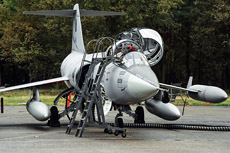
|
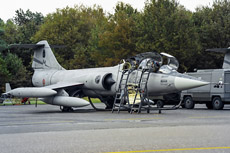
|
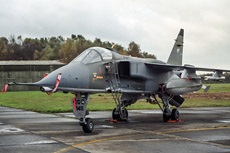
|
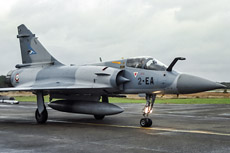
|
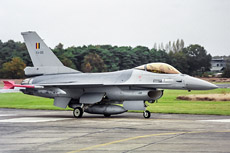
|
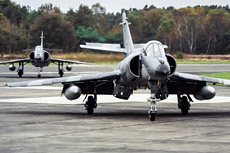
|
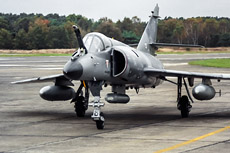
|
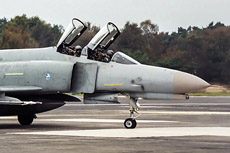
|
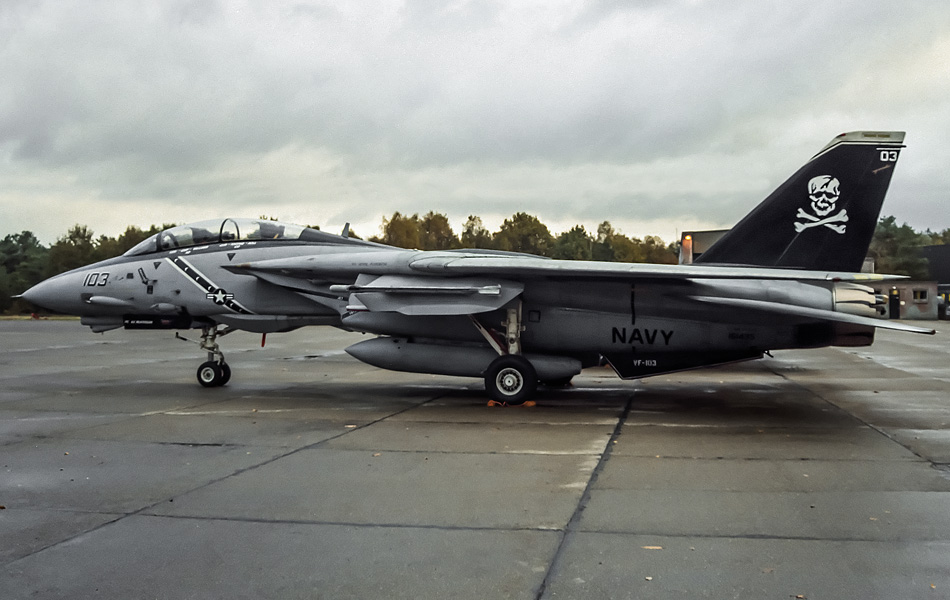
|
avoided the short-range heat-seeking AA-2 "Atol" missiles and turned and managed to turn the dogfight to their hand and then took down both Libyan planes. The US Navy F-14s were re-deployed against Libyan aircraft on January 4, 1989. In that dogfight two F-14s of VF-32 were in combat with two Libyan MiG-23 "Floggers". Both Libyan planes were brought down above the Gulf of Sidra in a second incident in this area. The first long-term deployment of the F-14 was in the role of photo reconnaissance. The Tomcat was chosen to take over the exploration mission from the RA-5C Vigilante and RF-8G Crusaders of the American fleet. A large pod which was referred to as the Tactical Airborne Reconnaissance Pod System (TARPS) was developed and placed under the Tomcat in 1981.
While the F-14 Tomcat was used by Iran in the early 1980s in the fight against Iraq while fighting for air superiority, the US Navy carried out daily combat missions in Lebanon to photograph activities in the Bekaa Valley. At the time, the Tomcat was considered too large and vulnerable to be used above ground, but the need for footage was so large that Tomcat pilots developed high-speed medium-altitude tactics to avoid major AAA and SA-7 SAM threats in the Bekaa area. The first exposure of a Navy Tomcat to an SA-2 missile was over Somalia in April 1983. The aircraft was accidentally attacked by a local defense battery which was not aware of two Tomcats scheduled for a TARPS mission during a flight during the international exercise near Berbera. An SA-2 was fired on the second Tomcat during the execution of the reconnaissance flight. The Tomcat pilots saw the launch of the missile and surfaced ahead of time, causing the missile to evade without damage. The unexpected demand for TARPS recordings during battles caused the development of sensors such as the KA-93 Long Range Optics (LOROP) which were quickly purchased for the F-14. An Expanded Chaff Adapter (ECA) was also installed in the AIM-54 Phoenix Rail under the fuselage. So-called "Fuzz Buster" radar detectors were mounted in pairs in the front cockpit as a temporary adaptation to detect SAM radars such as the SA-6. The ultimate solution was an upgrade of the ALR-67 which was subsequently developed. However, this system was not ready until the 1980s when the F-14A+ was introduced in the navy.
The participation of the F-14 in Operation Desert Storm in 1991 consisted of Combat Air Patrol (CAP) over the Red Sea and the Persian Gulf and from land missions consisting of escort flights and reconnaissance. Until the last days of Desert Storm, the air superiority over land was realized by the USAF F-15 Eagles. The Rules of Engagement (ROE) also dictated a strict Identification Friend or Foe (IFF) requirement when using Beyond Visual Range (BVR) weapons such as the AIM-7 Sparrow and in particular the AIM-54 Phoenix. This prevented the Tomcat from using its most powerful weapon. In addition, the powerful emissions of the AWG-9 radar are detectable at great distances with a simple radar warning receiver. Iraqi fighter aircraft receded routinely as soon as the Tomcats were able to lock their aircraft. The US Navy suffered its only F-14 Tomcat loss by enemy action on January 21, 1991. An F-14A+ Tomcat from VF-103 was shot down by an SA-2 ground-air missile during an escort mission near Al Asad Air Base in Iraq. Both crew members survived the crash where the pilot was rescued by the Special Forces of the United States. The RIO was imprisoned by Iraqi forces as a prisoner of war until the end of the war. The F-14 also reached its last air victory in US service when it knocked down a Mi-8 "Hip" helicopter with an AIM-9 Sidewinder heat-guided missile. In 1995, F-14s of VF-14 and VF-41 participated in Operation Deliberate Force and later also in Operation Allied Force in 1999. VF-32 and VF-213 aircraft also participated in Operation Dessert Fox in Yugoslavia in 1998.
|
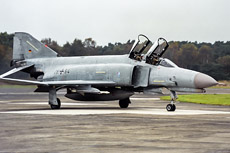
|
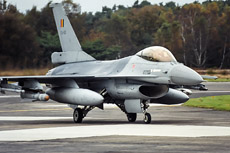
|
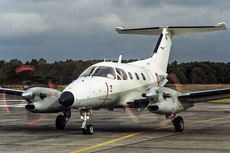
|
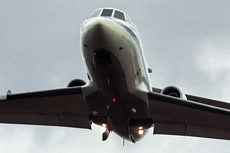
|
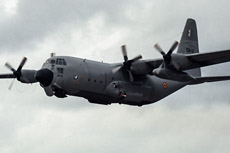
|
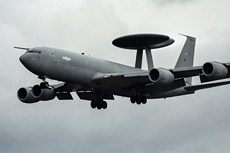
|
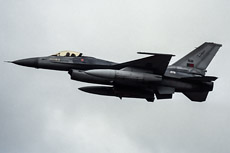
|
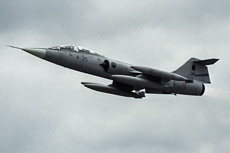
|
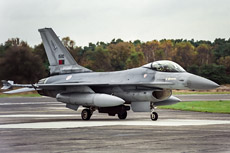
|
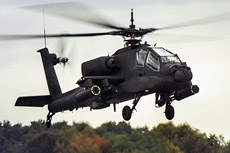
|
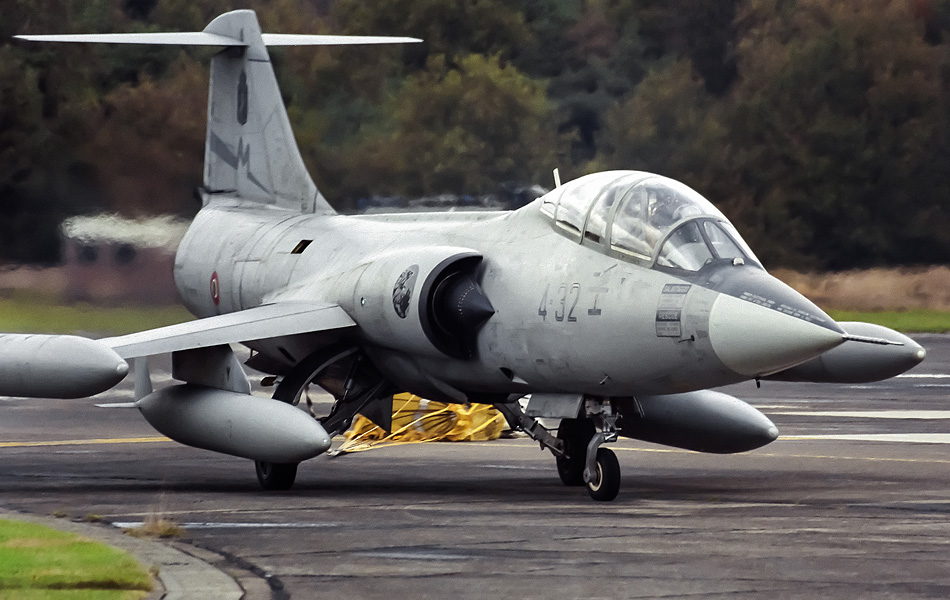
|
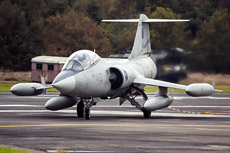
|
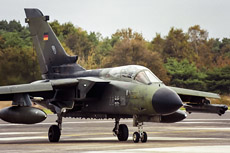
|
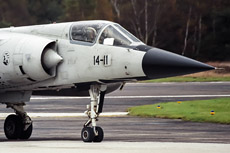
|
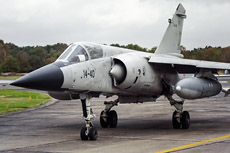
|
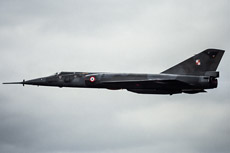
|
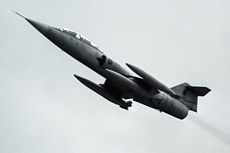
|
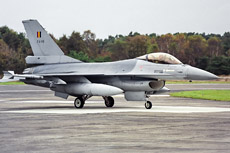
|
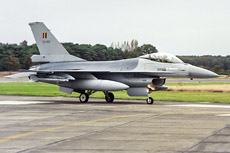
|
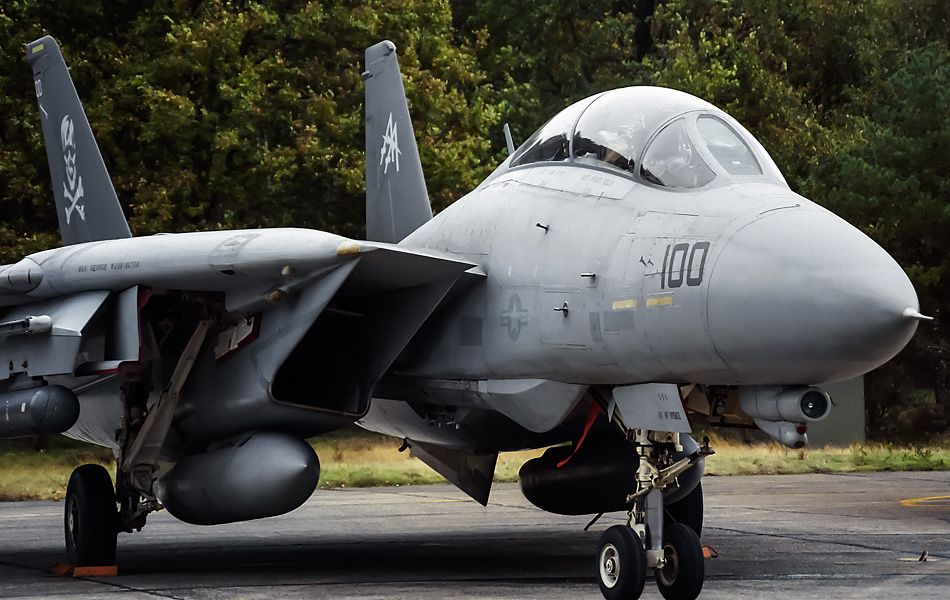
|
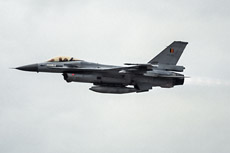
|
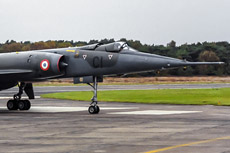
|
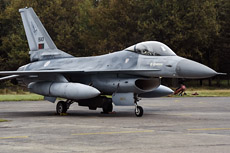
|
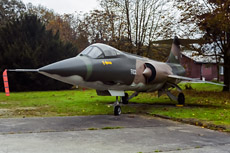
|
|
|

|







